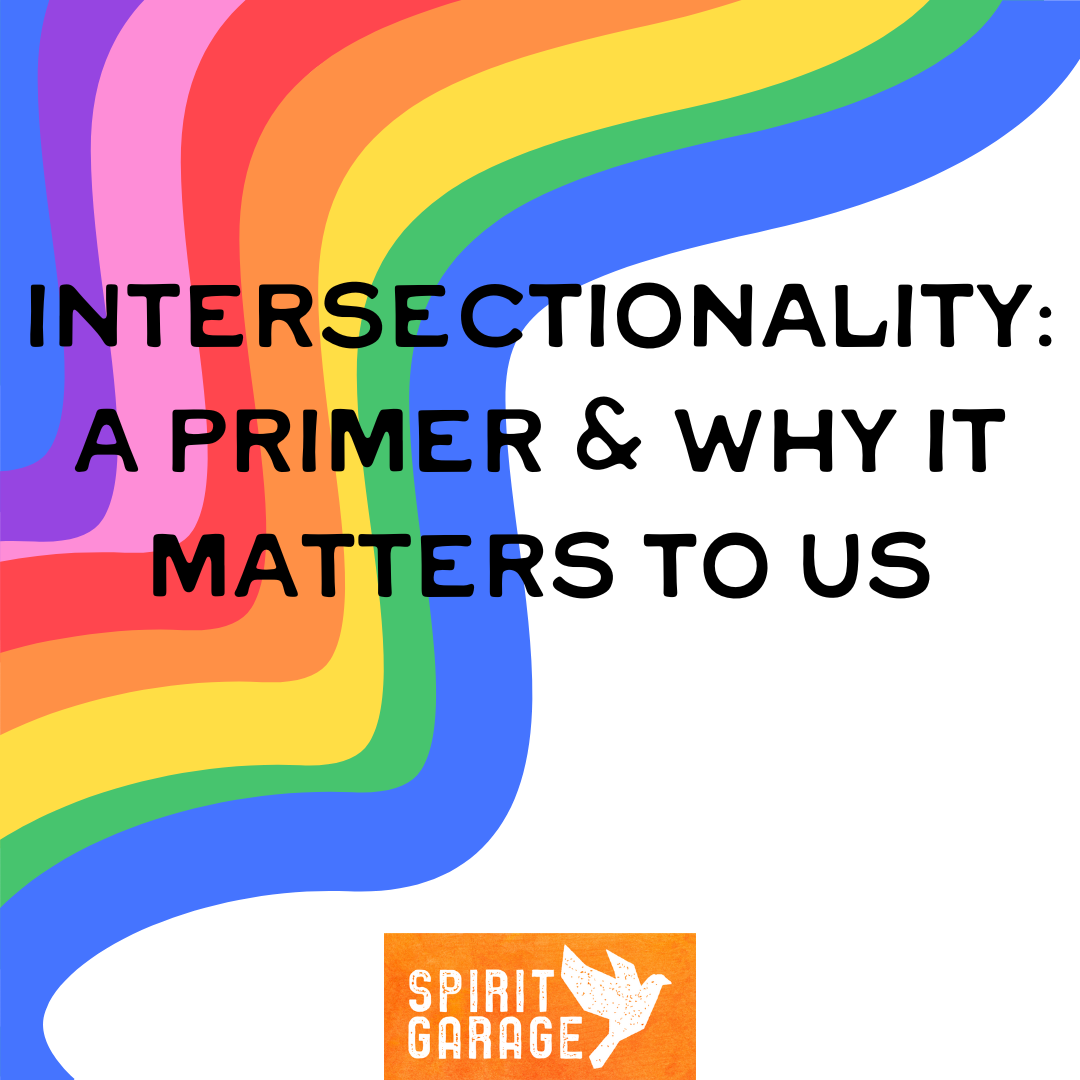Intersectionality: A Primer & Why it Matters to Us
Dear Spirit Garage,
It’s been a minute…because I have been unsure how to write this blog post about Intersectionality. Intersectionality is an attempt to describe and name the compounding consequences of different kinds of discrimination — racism, sexism, homophobia and transphobia, cultural bias, physical abilities bias, and other kinds of discrimination.
The origins of the term can be traced back to activists and thinkers who worked with overlapping forms of discrimination and inequality. Black feminists like Sojourner Truth, with her famous speech "Ain't I a Woman?" in 1851, pointed out the particular challenges black women faced that could not be understood solely through race or gender. (Source: https://www.inclusify.dk/en/hvad-er-intersektionalitet/)
In the early 20th century, activists like Ida B. Wells and Anna Julia Cooper also discussed the complex intersections of race, gender and class in their struggles for rights and justice. These early perspectives laid the foundation for the more formalized and theoretical understanding of intersectionality. (Source: https://www.inclusify.dk/en/hvad-er-intersektionalitet/)
The concept of intersectionality was theorized by activist and academic Kimberlé Crenshaw in the 1980s. She developed it in response to the limitations of looking at a single identity category when understanding discrimination and inequality. With the concept, Crenshaw emphasized that people can experience multiple forms of oppression and marginalization simultaneously. (Source: https://www.inclusify.dk/en/hvad-er-intersektionalitet/)
The TED talk from Kimberlé Crenshaw addresses about how the term Intersectionality arose in Crenshaw’s work and gives an impactful example of the intersection of dual discrimination against black (racism) women (sexism).
It is important for us, as a trans affirming church to know about and pay attention to intersectionality because transgender people live with ongoing discrimination. At Spirit Garage we invite everyone to “show up as who you know yourself to be,” but if we are unaware of the burdens that people carry when they find themselves at the intersection of one or more kinds of discrimination, we can easily compound others’ trauma.
Next time I will give some resources to help us identify our own social location. These resources and activities help us gain insight into our own identities and intersections, and to raise awareness of the different identities that can intersect for others. Until then,
Peace and joy be with you,
Pastor Michelle

